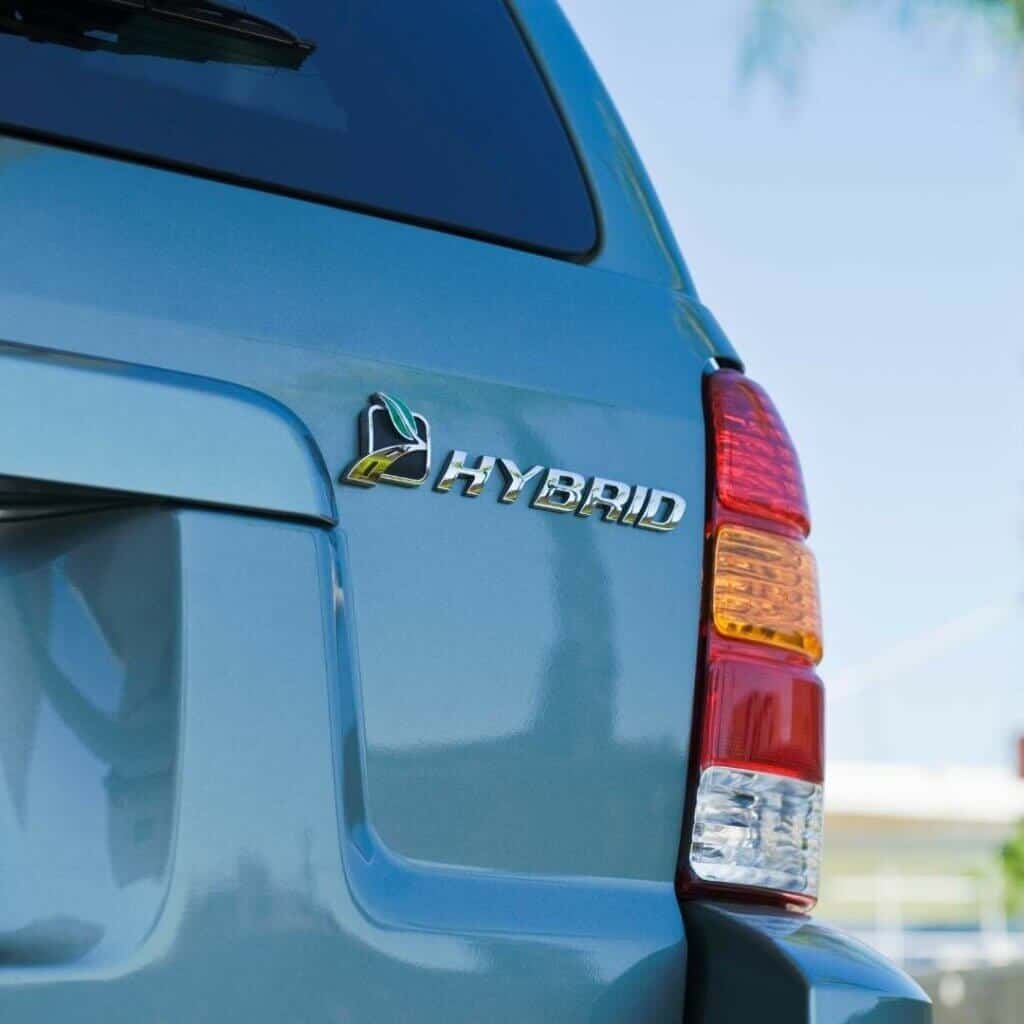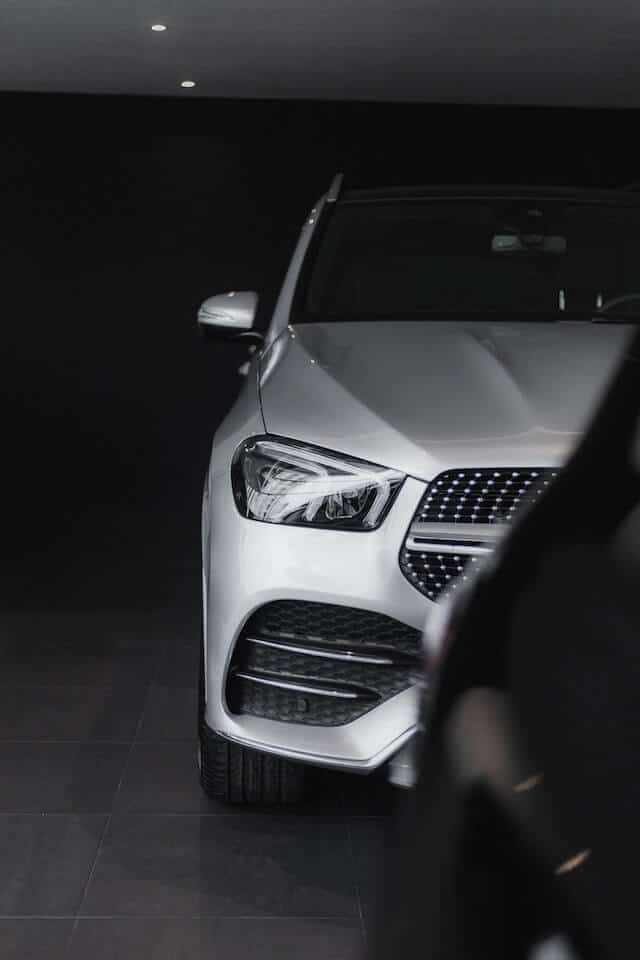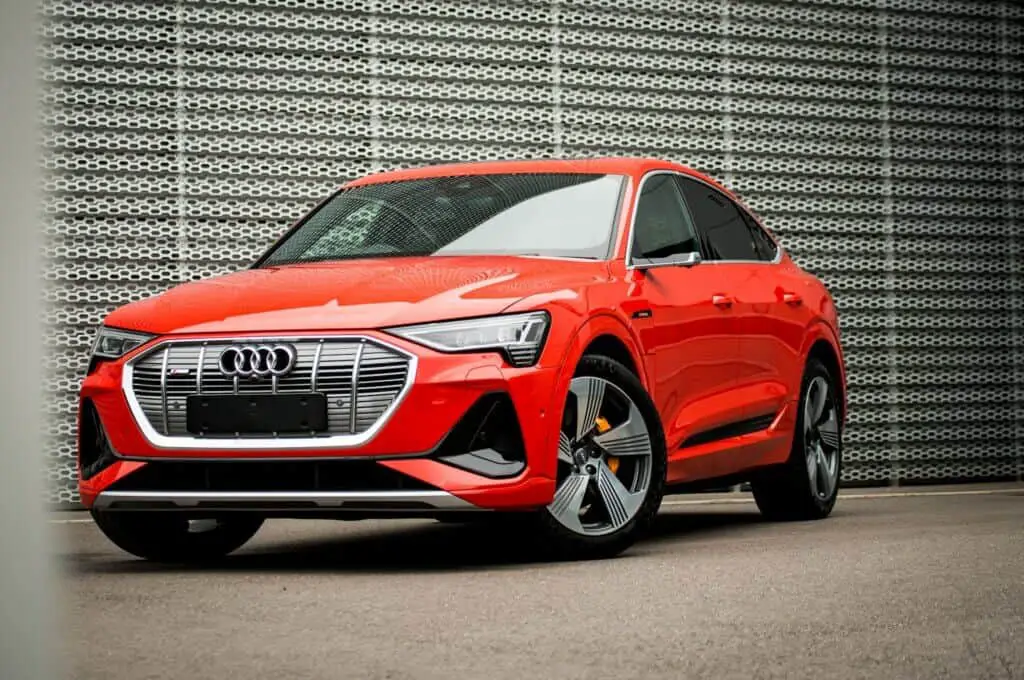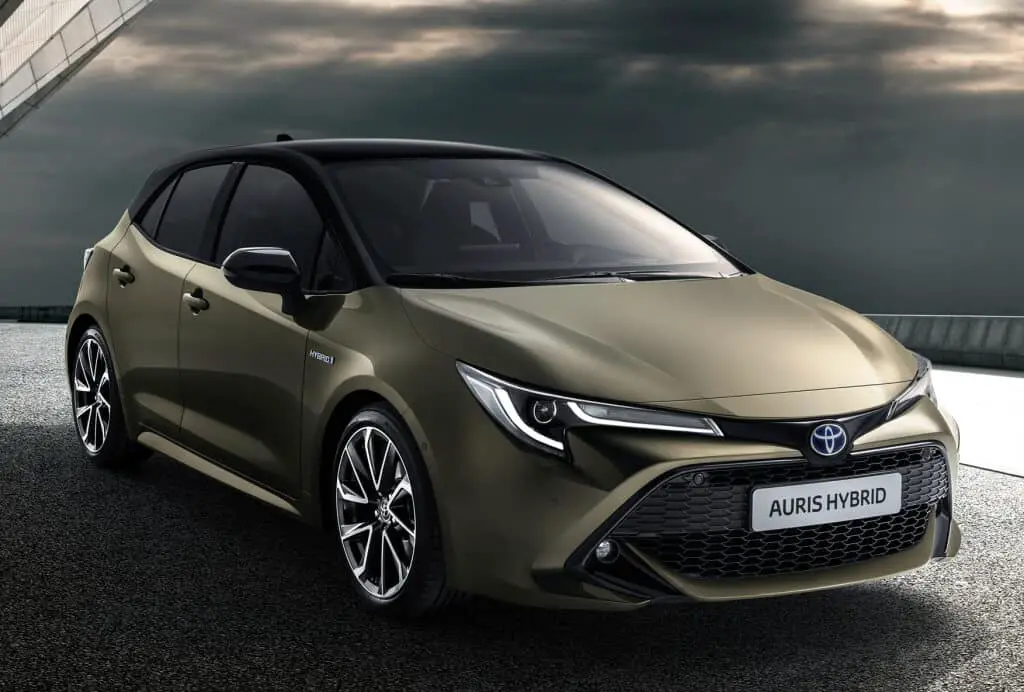Are you familiar with VW ID.3 problems?
The VW ID.3 was introduced in 2019 as a family hatchback the size of a Golf. The vehicle is a hatchback with five doors, five seats, a boot in the back, and a motor located underneath powering the back wheels.
The ID.3 is the first Volkswagen to be built entirely as an electric vehicle. Its basic structure (also known as a platform) and layout are intended to be used by all of the brand’s next electric vehicles. The company has therefore gone above and beyond in making sure that it is spectacular.
Entry-level ID.3s have a range of just over 200 miles at most, thanks to a 45 kWh battery (dubbed Pure Performance). Mid-range models have a range of about 250 miles having been equipped with a 58 kWh battery (Pro and Pro Performance).
The top-of-the-line Pro S, on the other hand, has a 77 kWh battery, which gives it an impressive 330-ish mile range.
The ID.3 is readily recognizable to anyone in terms of how it functions, feels, and drives due to Volkswagen’s thorough attention to detail and extraordinary workmanship.
Nevertheless, owners have reported problems with the vehicle. Issues have been reported with the infotainment systems, safety features like adaptive cruise control, and speed-limiting capabilities. Battery problems have also been experienced with the ID.3.
Most Common VW ID.3 problems
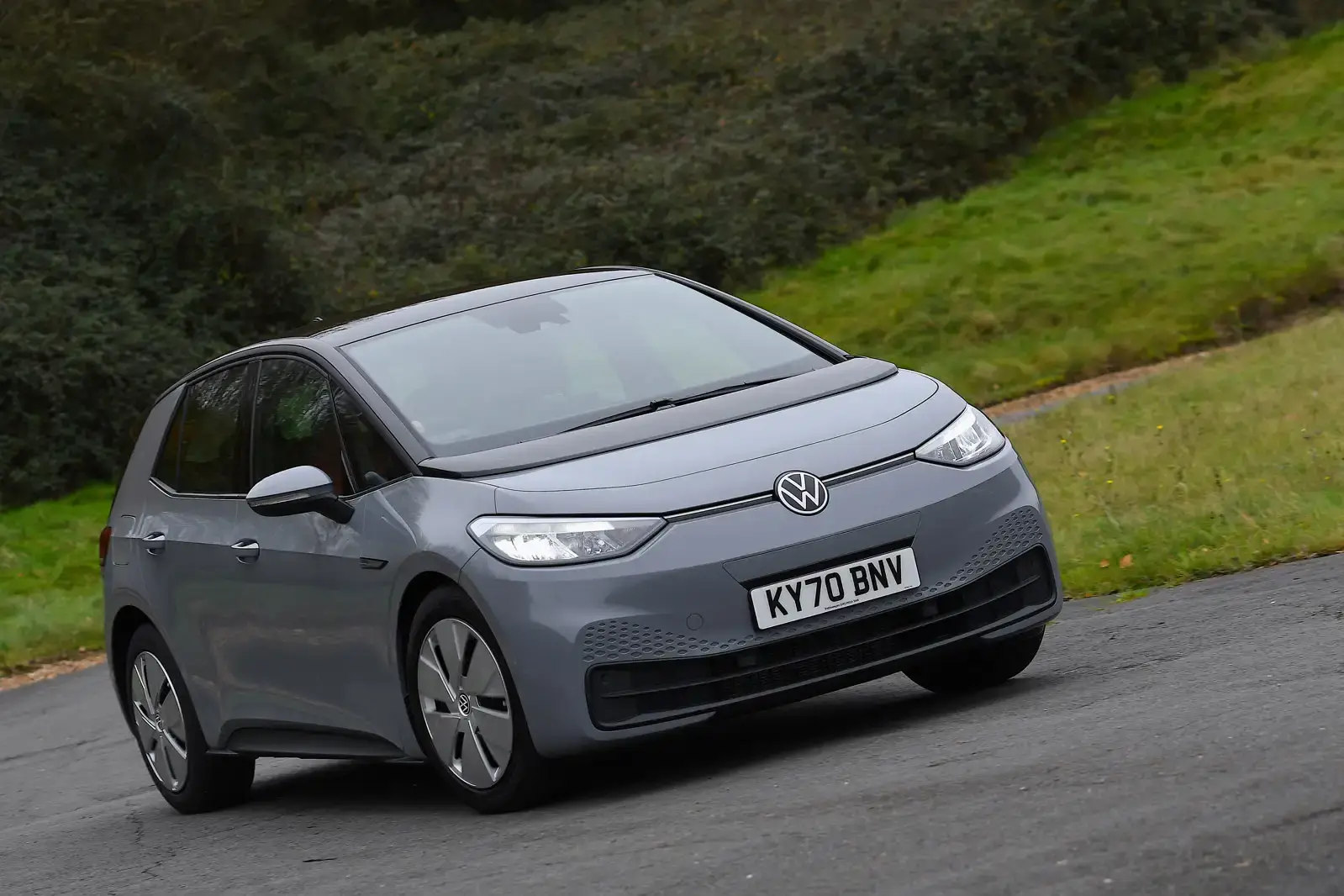
- Software Issues
Software issues have become a significant impediment to the entire Volkswagen Group’s goals for electric vehicles. Software issues caused a launch delay for the ID.3 [1].
Owners of VW ID.3 electric vehicles have complained about issues with charging, range estimation, sluggish smartphone connections, and infotainment screens, among other problems.
VW started to offer over-the-air updates to fix these issues. And though the updates have become more frequent on other cars, they are still not available in North America.
The company reported that it is committed to confronting this issue head-on. Oliver Blume, CEO of the VW Group, presented a revamped software strategy at the supervisory board meeting of the manufacturer on December 2022 [2].
The well-known software flaws at the Volkswagen Group are indicative of larger problems many established automakers are currently experiencing.
The company was compelled to merge its manufacturing and software divisions as they attempt to compete with up-and-coming firms like Rivian and Tesla.
They essentially aim to turn their cars into mobile computers powered by batteries.
Automakers like VW have lofty goals for generating additional income beyond merely selling cars. The use of connected cars, data exploitation, subscription features, e-commerce integration, and augmented reality integration are seen as potential areas of expansion by the company.
Others include virtual assistants and other features that could completely change how we perceive automobiles. And all these upgrades rely on efficient software operation.
Volkswagen will therefore need to get the software correct to accomplish any of these goals.
Related: VW ID3 Key Not Detected
- Battery Issues
Around 10,000 ID.3 and ID.4 electric car owners worldwide were urged by VW to visit their dealers to have their batteries fixed. This is because the batteries exhibited accelerated self-discharge as a result of a manufacturing flaw. [3]
Nextmove, an EV rental firm, was the first to notice the issue, citing a letter the manufacturer sent to its dealer network. The problem was reported in 10,130 VW ID.3 and ID.4 vehicles with high-voltage modules produced in 2020.
Owners were to be informed of the servicing measure by VW dealers, who also invited them to the workshop so that any faulty battery module could be replaced. These vehicles were identified using diagnostic information captured during workshop visits.
The company claimed that in July 2021, it was first made aware of reports from Europe about a potential “software issue” with its high-voltage battery management system. Some US owners claimed that the battery software problem might cause the car to stall out.
Additionally, the high-voltage battery management software could reset while the vehicle is in motion, resulting in a loss of propulsion. Following examination, VW concluded that the software “may cause the high voltage battery management control module to reset or the pulse inverter to deactivate.”
Although no accidents or injuries have been reported as a result of this problem, a potential reset of the battery software might result in a loss of power while driving. This might increase the risk of an accident.
The company recommended updating the software for the pulse inverter control unit and the high-voltage battery management control unit to fix the issue. It began distributing over-the-air software updates, although the firm says a dealership will be required to make the necessary repairs.
- Infotainment System Issues
Over time, infotainment systems have seen a significant evolution. Infotainment systems from several motor makers offer great features. These include navigation, wireless charging, smartphone, and Wi-Fi connectivity. One might, however, have infotainment system problems that interfere with the driving experience.
The infotainment system of the VW ID.3 has been reported to fail. In as much as this is a software issue with the ID.3, there are other possible causes for the problem [4].
In China, the ID.3 cars have been criticized for problems including unexpected blank infotainment screens.
The car amplifier has been reported to overheat and enter the protection mode. This is a result of excessive recording volume, resistance fluctuations, or a lack of airflow. Consequently, the system is unable to start.
The vehicle’s infotainment system is wired to a power source. The infotainment system may malfunction due to an issue with the vehicle’s power source.
Despite being energy-efficient, new infotainment systems still drain the battery. And battery life decreases with increased volume. The battery will run out of power and stop working if it is utilized past its capacity.
One of the frequent issues with a car’s infotainment system is a broken antenna. The radio cannot pick up signals or station frequencies if the antenna is damaged. Some of the typical infotainment issues [5] include:
- Touchscreens with sluggish response times or fuzzy touchpoints
- Freezing or blank screens
- Voice commands that are ignored
- Sound quality while streaming through Bluetooth is subpar.
- Shattered screens
- Erratic performance when it’s chilly
- The inability of smartphones or Wi-Fi to sync
- Navigation systems with incorrect destinations
- Controls that are difficult to understand even for tech-savvy consumers
- Adaptive Cruise Control Issues
Failure of the Adaptive Cruise Control has also been reported with the ID.3. While driving, Adaptive Cruise Control automatically maintains a safe distance from the vehicles in front and behind. This feature lessens the need to regularly brake or accelerate. [6]
The performance of Adaptive Cruise Control may be impacted by poor weather that reduces vision or the traction of the road surface. The system will not operate as intended if the forward-looking camera or radar sensors are blocked in any manner.
When following vehicles with unique shapes or in areas with inadequate lighting, Adaptive Cruise Control systems may not work as expected.
The Adaptive Cruise Control may not function correctly due to the following factors:
- Bad weather that reduces visibility on roads
- Moisture on the windshield’s interior or exterior
- Radar sensors or cameras that are blocked
- Electrical issues
- Malfunctioning speed sensor
- Defective brake pedal switch
- Blown fuse
- Unusually shaped vehicles on the road
The cost to fix your cruise control system can vary depending on what went wrong. A cruise control or brake switch replacement might cost between $125 and $350, components and labor included. On the other hand, changing a fuse only costs a few bucks, and only takes a few seconds to do it yourself.
Related: VW ID.4 Problems
- SatNav and Stereo Issues
On ID.3, the technology isn’t always as responsive to touch, especially when swiping on the mapping interface [7]. A few of the sub-menu layouts might use some work.
Other features—like the tiny “On” switch for the climate control on the screen’s corner—give the idea that appearance was prioritized over overall usage.
Read Next: Best Level 2 Charger for Jeep 4xe
Conclusion
The Volkswagen ID.3 is a capable family hatchback that is fun to own and operate. It hits the mark on the fundamentals, offering affordable pricing, an appealing exterior, and excellent levels of comfort in a useable, real-world range.
But, like any other vehicle, the ID.3 comes with its share of problems. Owners of the model have reported issues to do with the software and battery. Software problems involve the infotainment system, Adaptive Cruise Control, charging, range estimation, and sluggish smartphone connections, among others.
Owners of the ID.3 should adhere to a set maintenance schedule if they hope to keep the vehicle operational. The warranty includes an initial examination after two years (unlimited mileage) and yearly maintenance thereafter, whichever comes first, or 20,000 miles.
Overall, it seems that the car’s software and electrical systems are prone to glitches and problems. Nevertheless, VW and other Volkswagen Group brands are issuing software updates to fix the problems, so these flaws are probably going to be fixed.
Read Next: PlugShare vs ChargePoint

